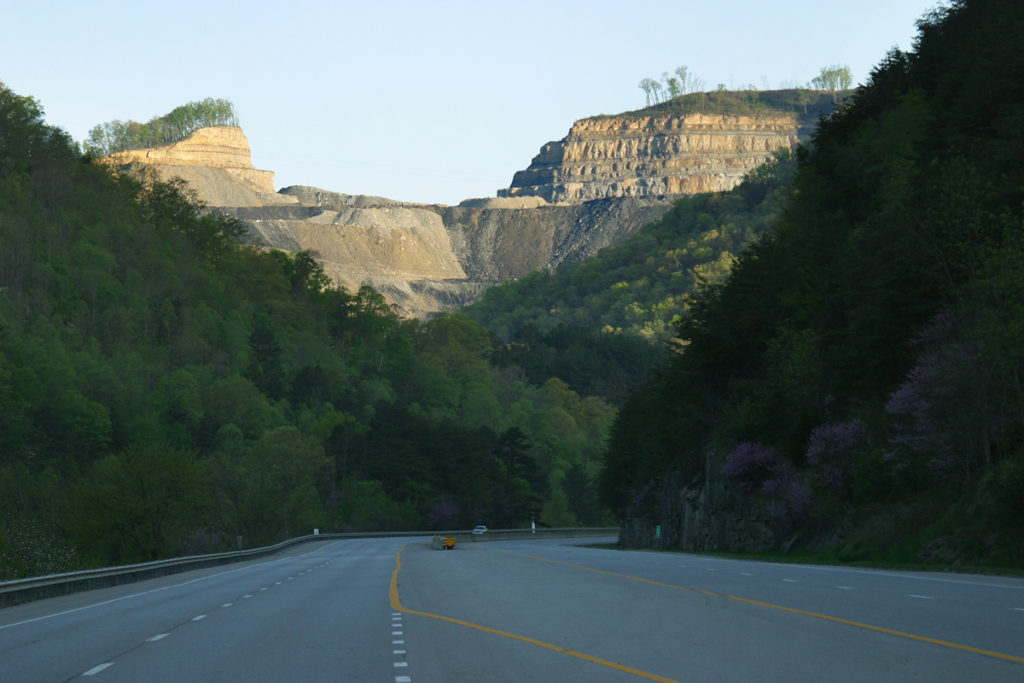Cleaning Up Coal Ash
For well over a century, power plants across the country have burned coal to generate electricity. And for just as long, leftover coal ash has been dumped in open, unlined pits near the power plant, usually located on a river or lake. Every year, U.S. power plants produce 130 million tons of coal ash, which is the second largest waste stream in the country after municipal garbage.
Coal ash concentrates the toxic heavy metals found in coal, including arsenic, mercury, lead and selenium. Stored in unlined, wet impoundments, coal ash has been leaking these toxics into our groundwater and surface waters for years. Sometimes these impoundments collapse — with disastrous results.
Yet government regulations for coal ash management are either non-existent or sparse, and there is little enforcement of the regulations that do exist. In North Carolina, this lack of oversight — and the complicity between state regulators, elected officials and Duke Energy — came to a boiling point in February 2014 when one of Duke’s coal ash impoundments spilled 39 million tons of ash into the Dan River.
Citizens living near North Carolina’s 33 coal ash impoundments — all of which have leaked — have fought for transparency from Duke and the state, and for cleanup of the pollution that threatens their property value, health and family. Their actions forced this issue into the headlines of news networks and to the forefront of environmental justice conversations in the United States.
Appalachian Voices stood with these communities as we worked for years to compel Duke Energy and the N.C. Department of Environmental Quality to excavate coal ash from all the North Carolina sites and dispose of it either in lined, dry landfills, away from waterways, or by recycling it for concrete or other uses, provided it’s done in a manner that protects public health and the environment.
On Jan. 2, 2020, North Carolina announced a historic settlement with one of the state’s most powerful corporations and polluters, Duke Energy. The settlement requires Duke to move nearly 80 million tons of toxic coal ash at six of its power plants to properly lined landfills onsite or recycle it.

Learn information about specific coal ash impoundments in the South, including health threats and safety ratings:
Additional Resources
Fact sheets, videos, links to academic research, and more
Sign Up to Act
Help us protect the health of our communities and waterways.
Latest News
Southwest Virginia takes powerful steps to advance solar energy
A big week for solar energy in Southwest Virginia includes celebrating eight communities for their advancements in solar and the announcement of a substantial grant to build a big solar project on a former mine site.
Coal miners visit D.C. to urge Congress to act on Black Lung legislation
More than 150 coal miners or their widows and loved ones traveled to D.C. in July to call for action on black lung legislation.
Southwest Virginia communities first in Central Appalachia to achieve national recognition for advancing solar energy
Saint Paul, VA, July 25, 2019 – Eight…
Over 100 Miners Heading to Washington to Advocate for Black Lung Benefits
Over 100 miners from across the Appalachian region are traveling to Washington D.C. this week to lobby lawmakers on a number of issues related to black lung disease, a fatal respiratory condition caused by continuous exposure to harmful dust and rock particles in and around coal mines.
Energy Justice coalition reveals “pay-to-play” ties between Duke Energy, N.C. lawmakers
The Energy Justice North Carolina Coalition released a…
Blackjewel’s bankruptcy looks like bad news for workers and mine cleanup
Appalachia’s latest coal bankruptcy looks different than others — mines shut down immediately and paychecks were clawed back from employees’ bank accounts. We take a look at what the Blackjewel and Revelation Energy bankruptcy could mean for mine land reclamation.











